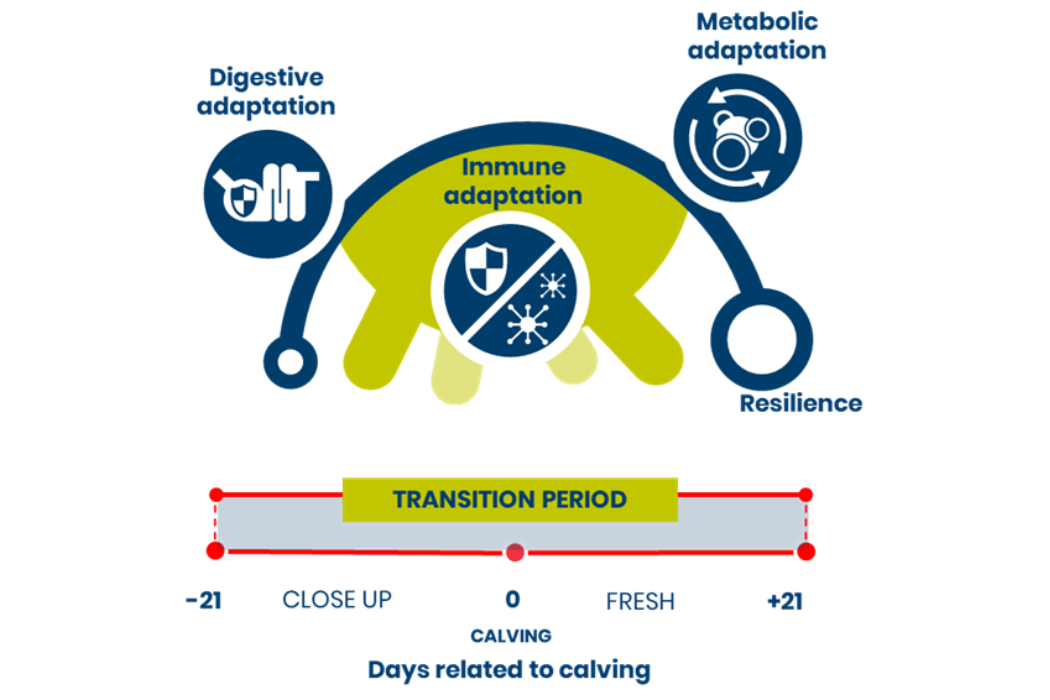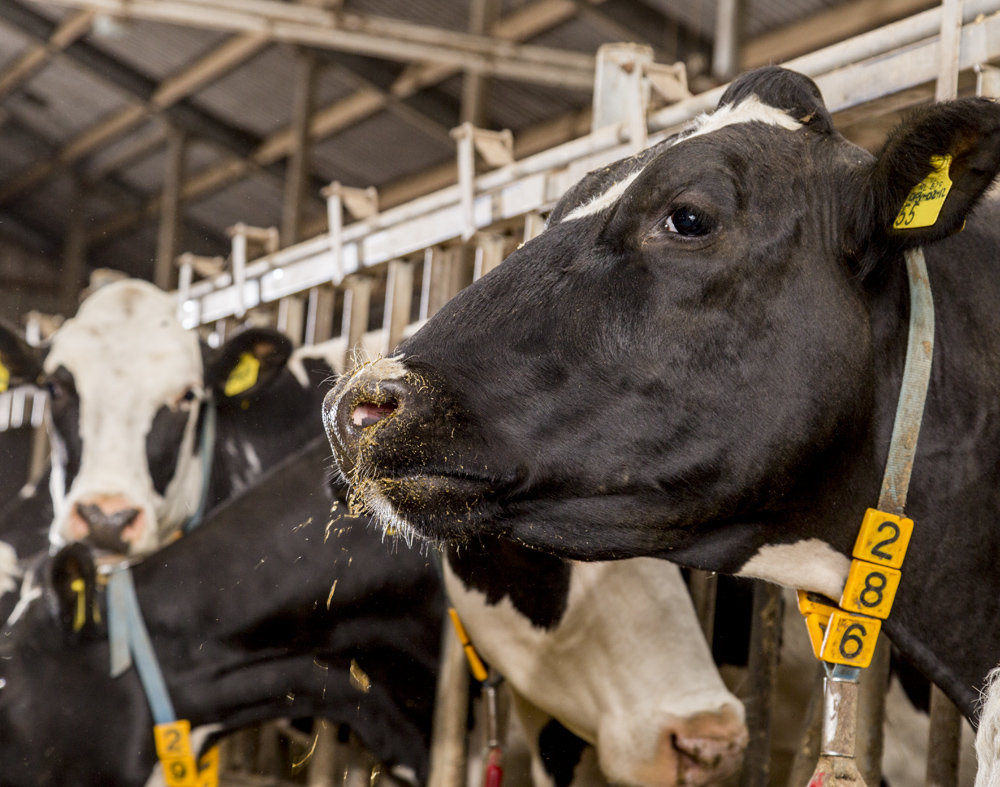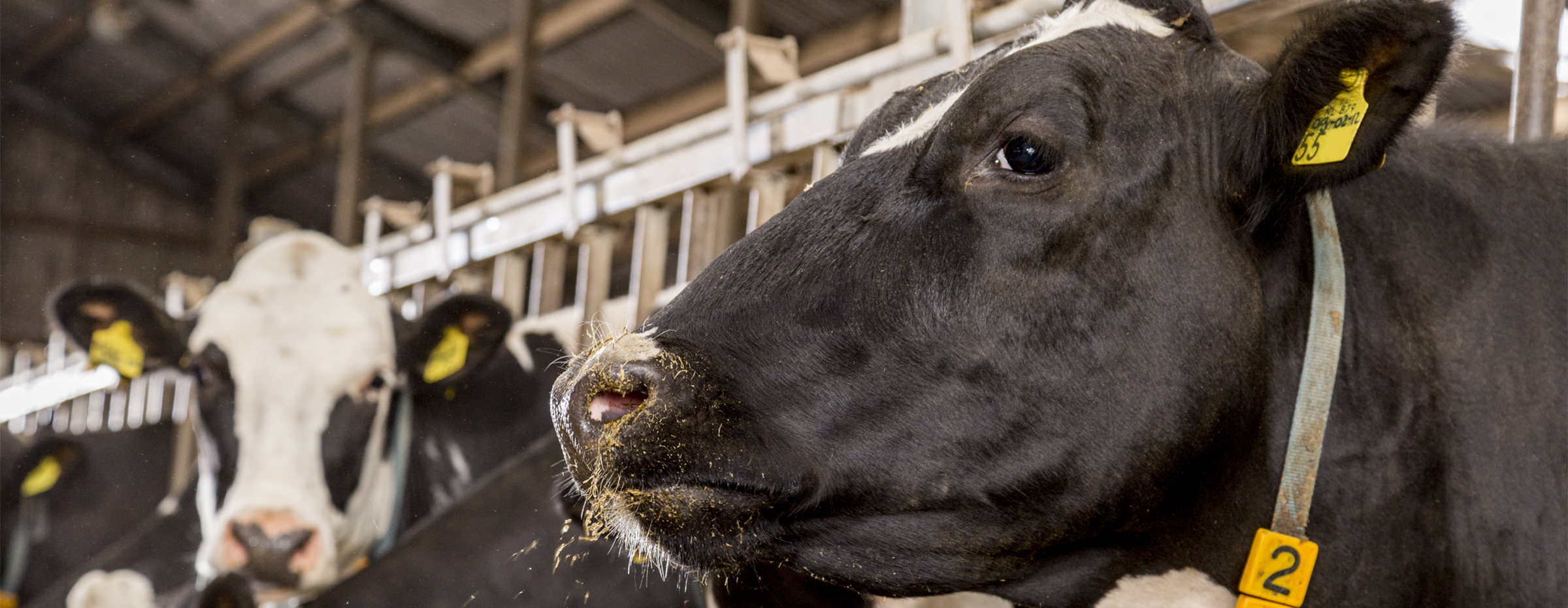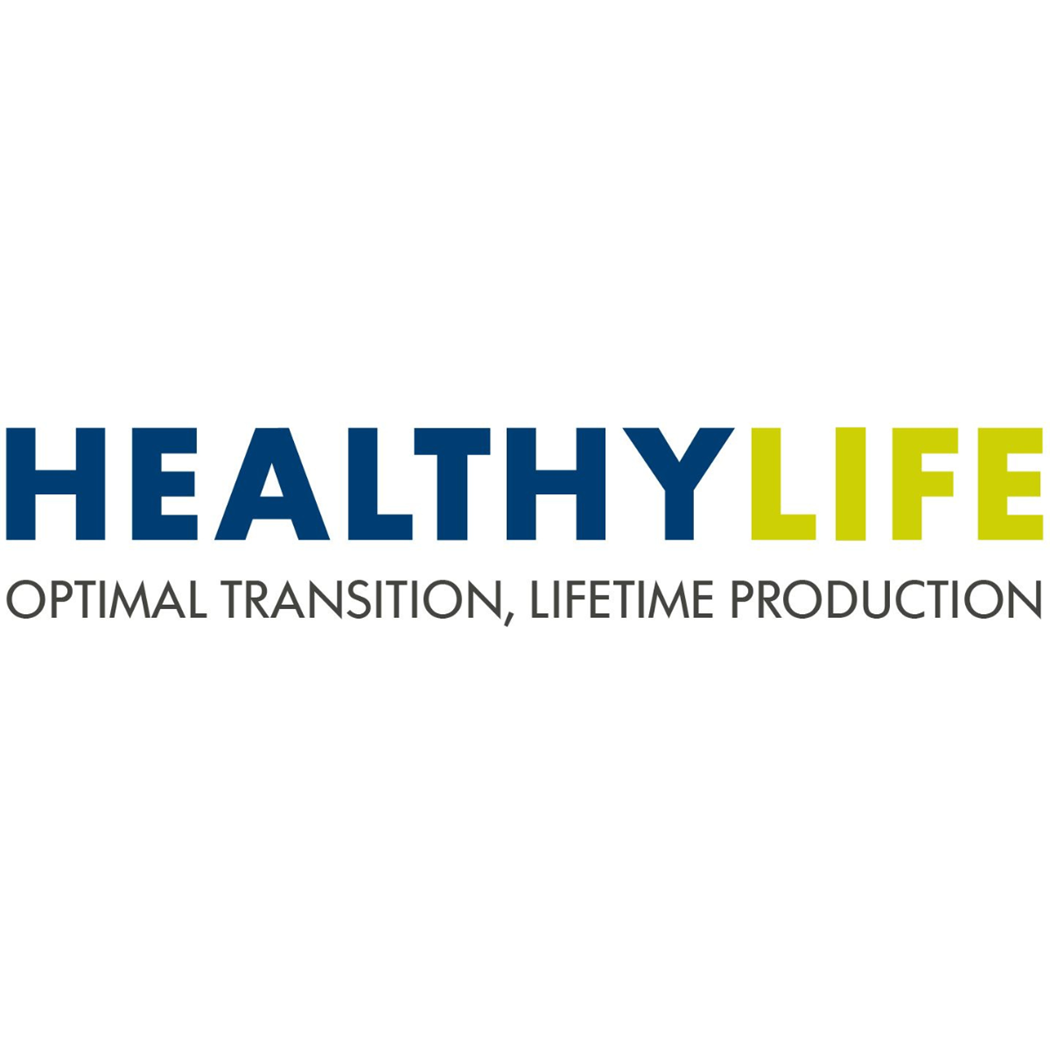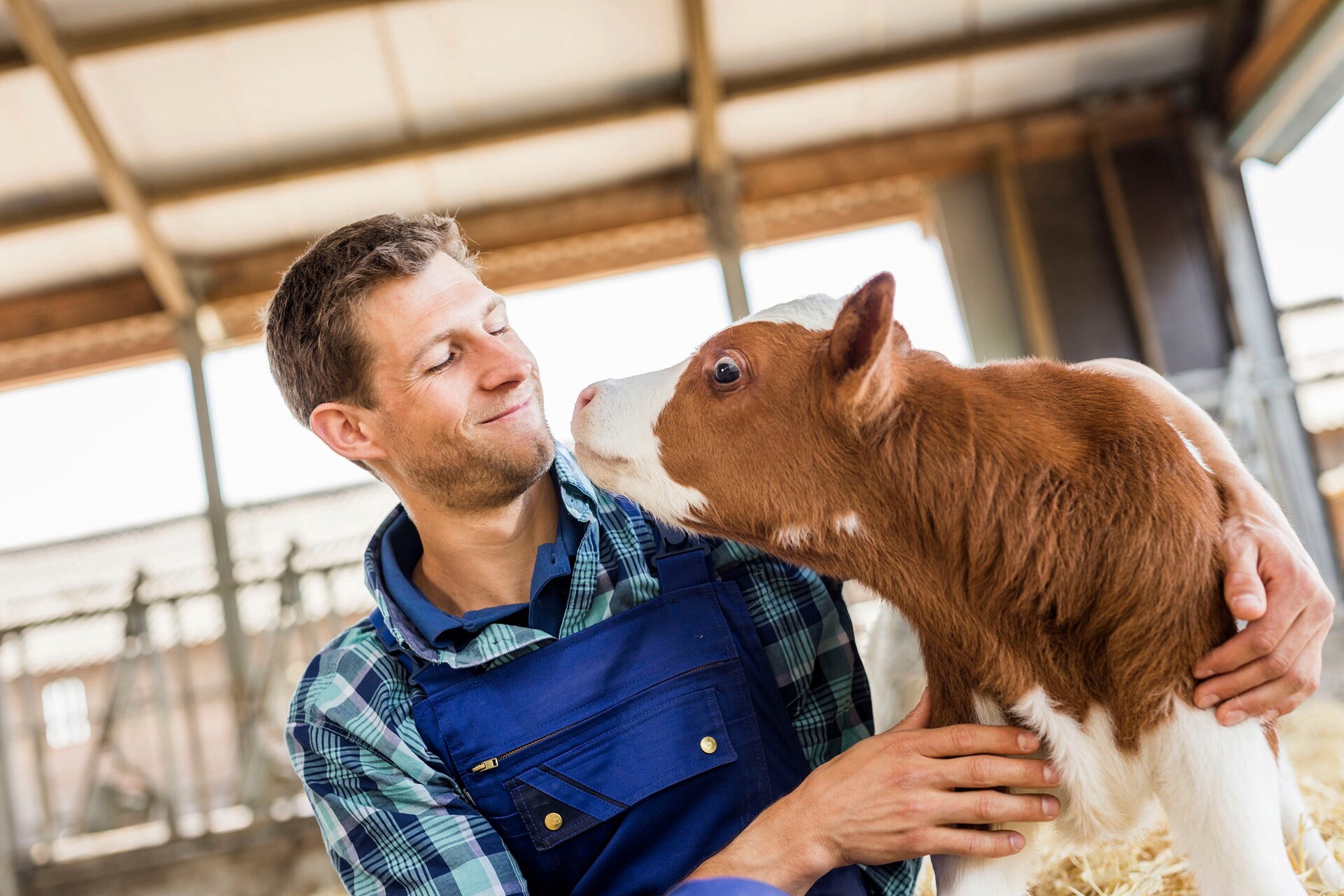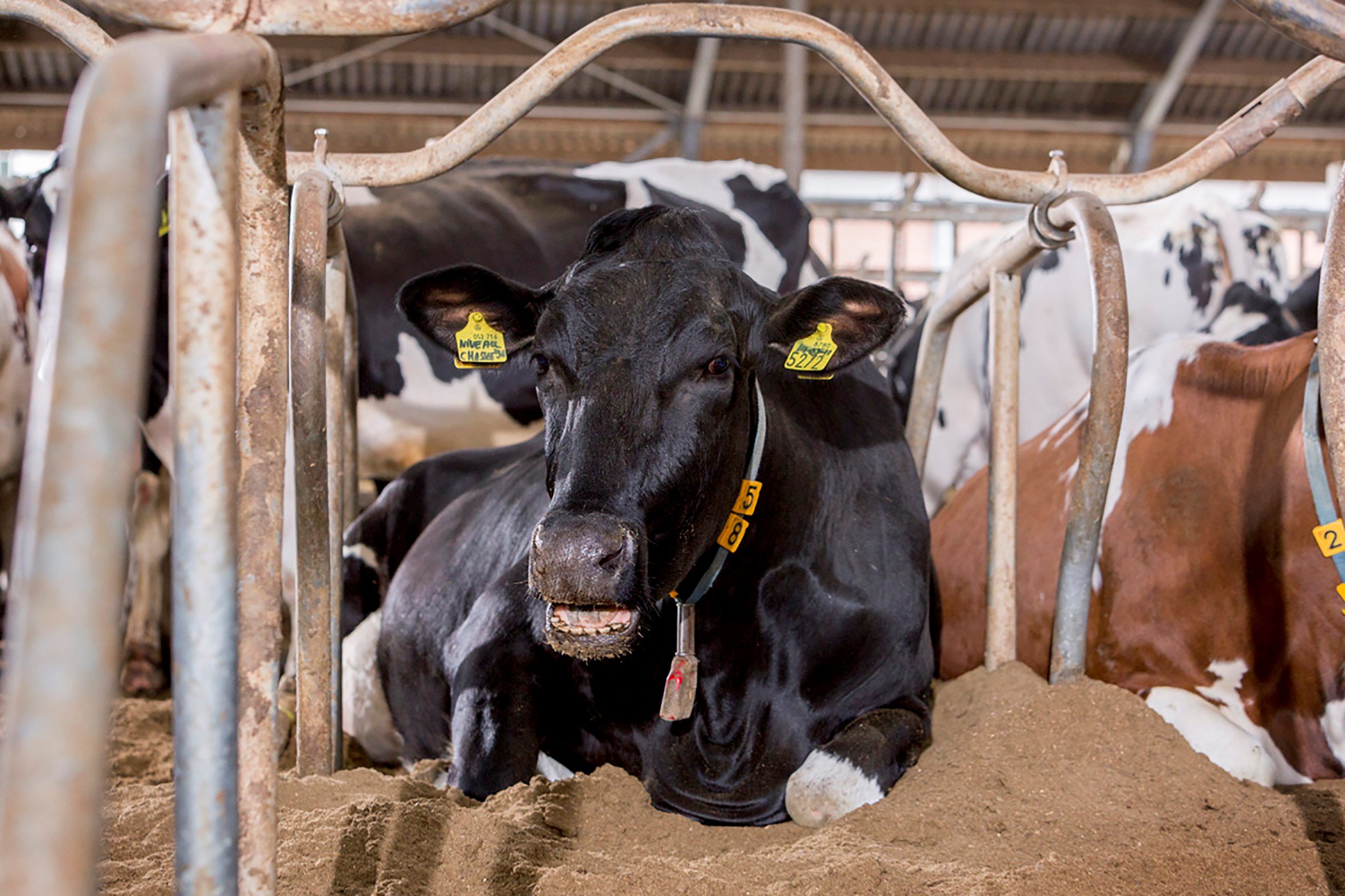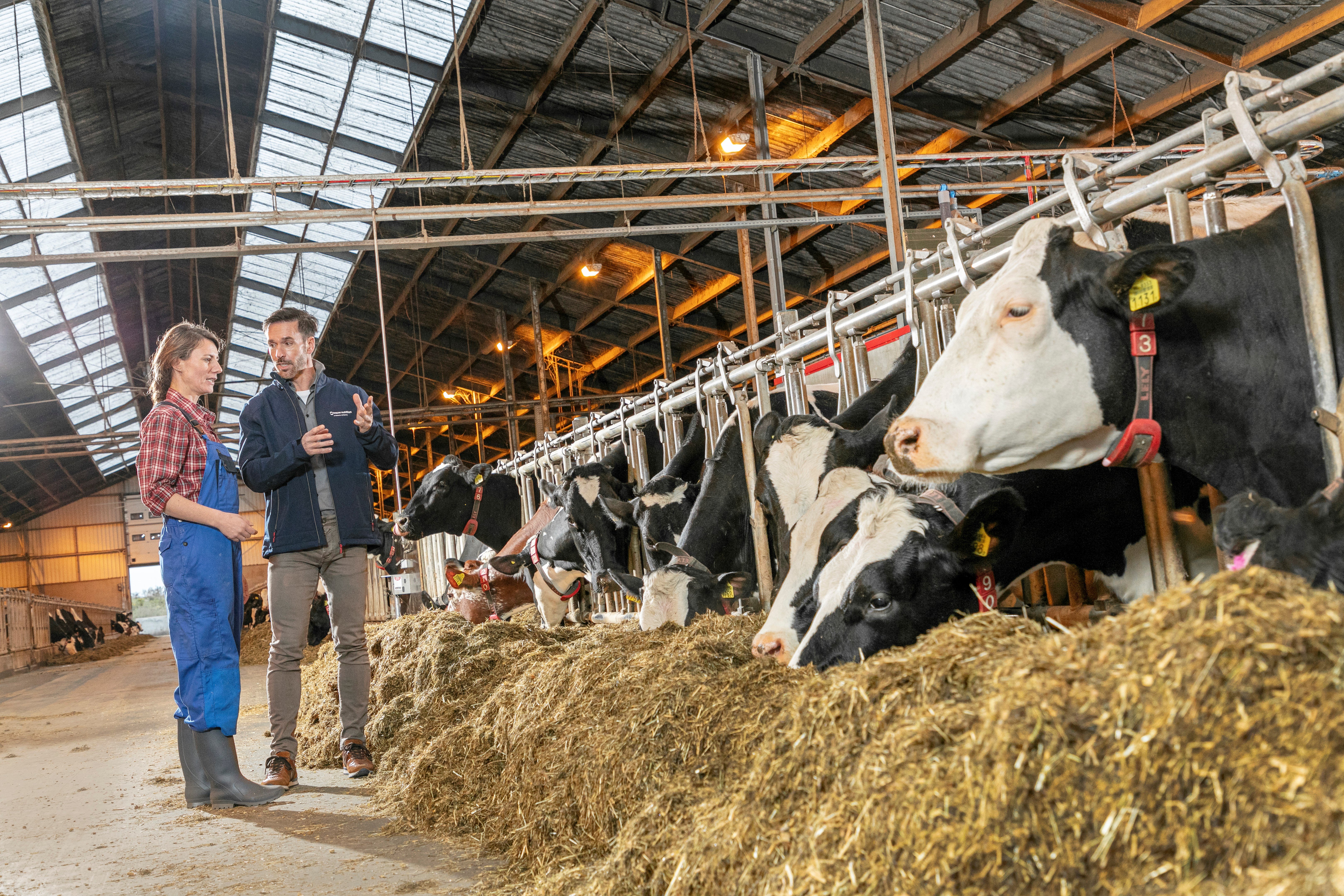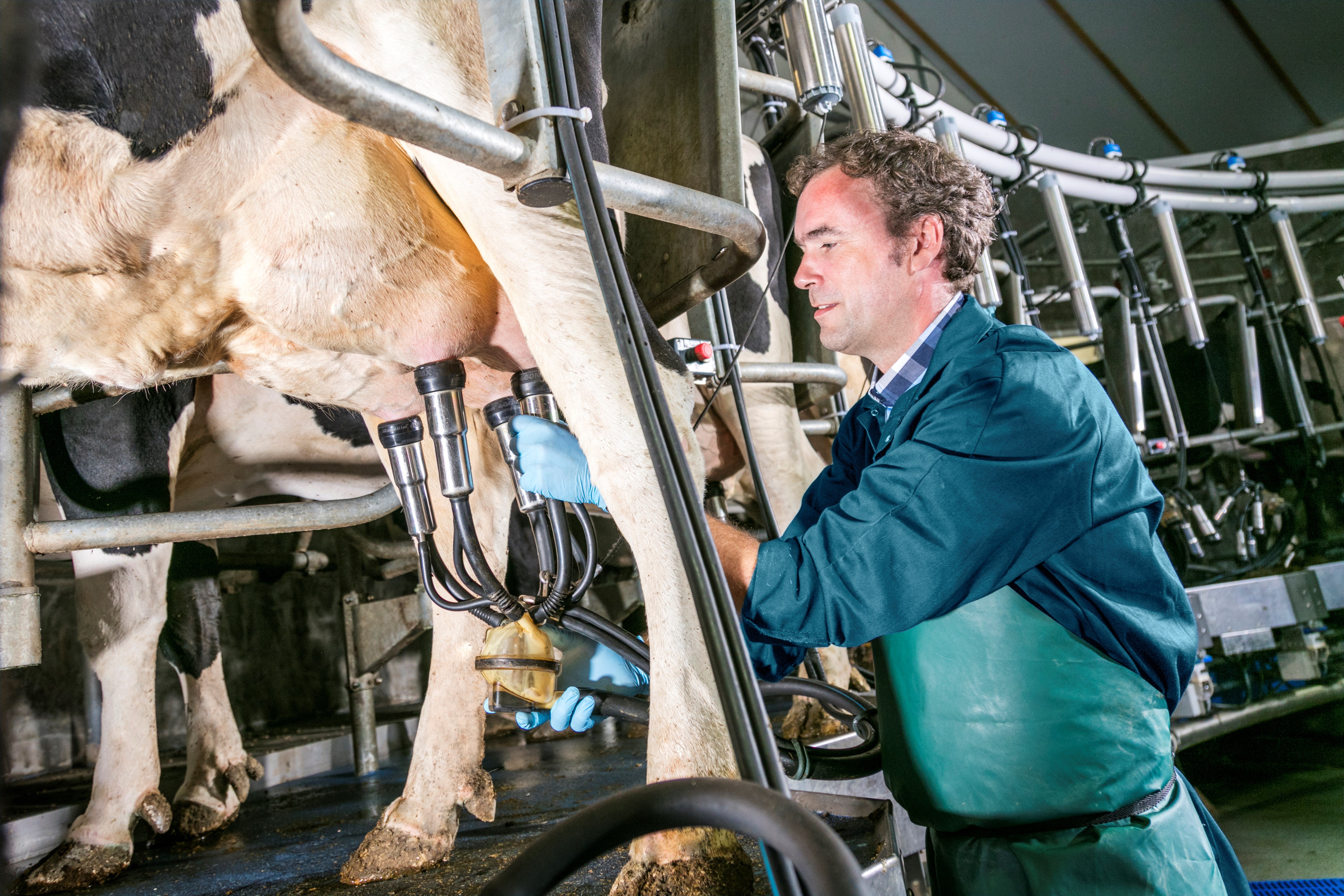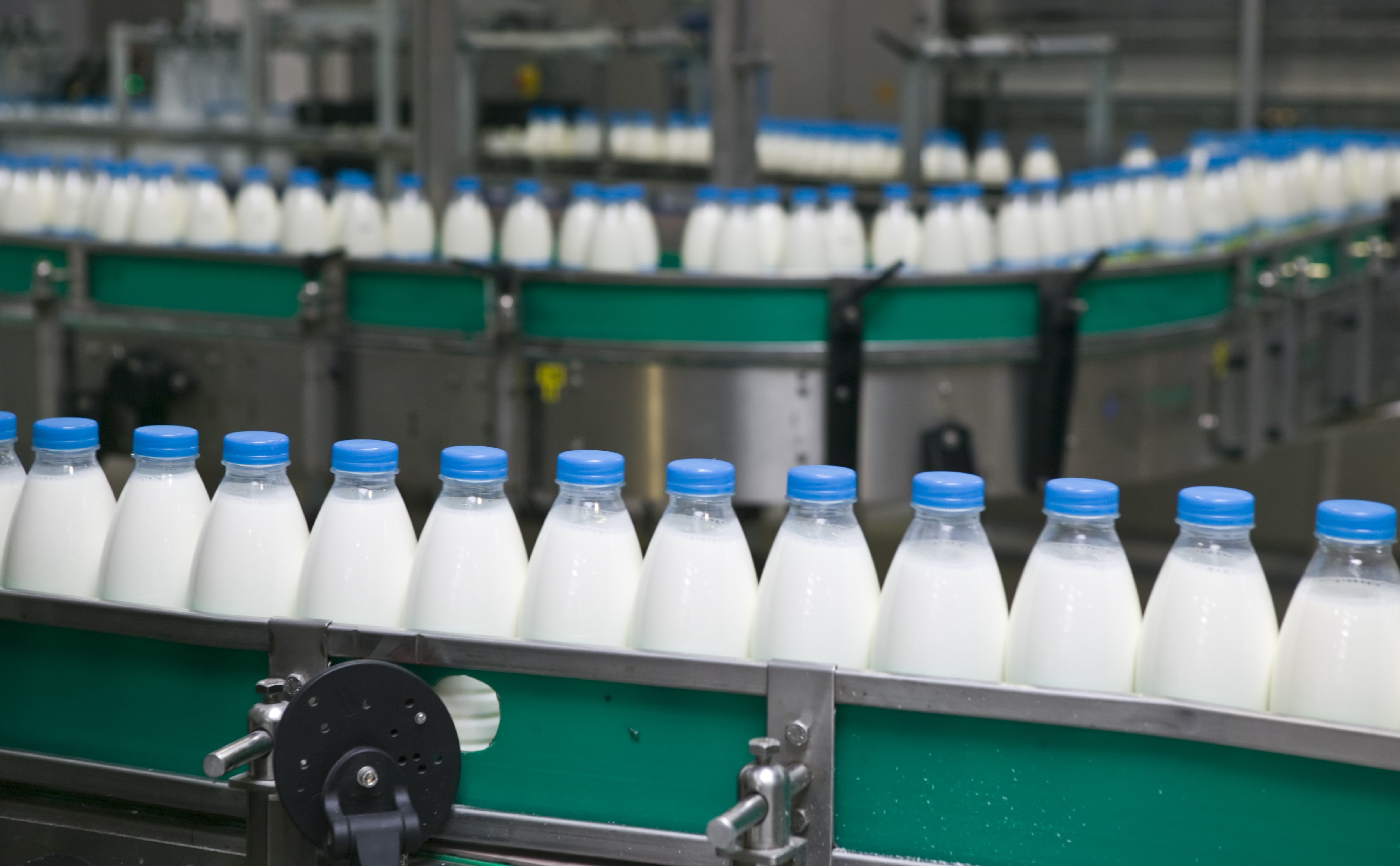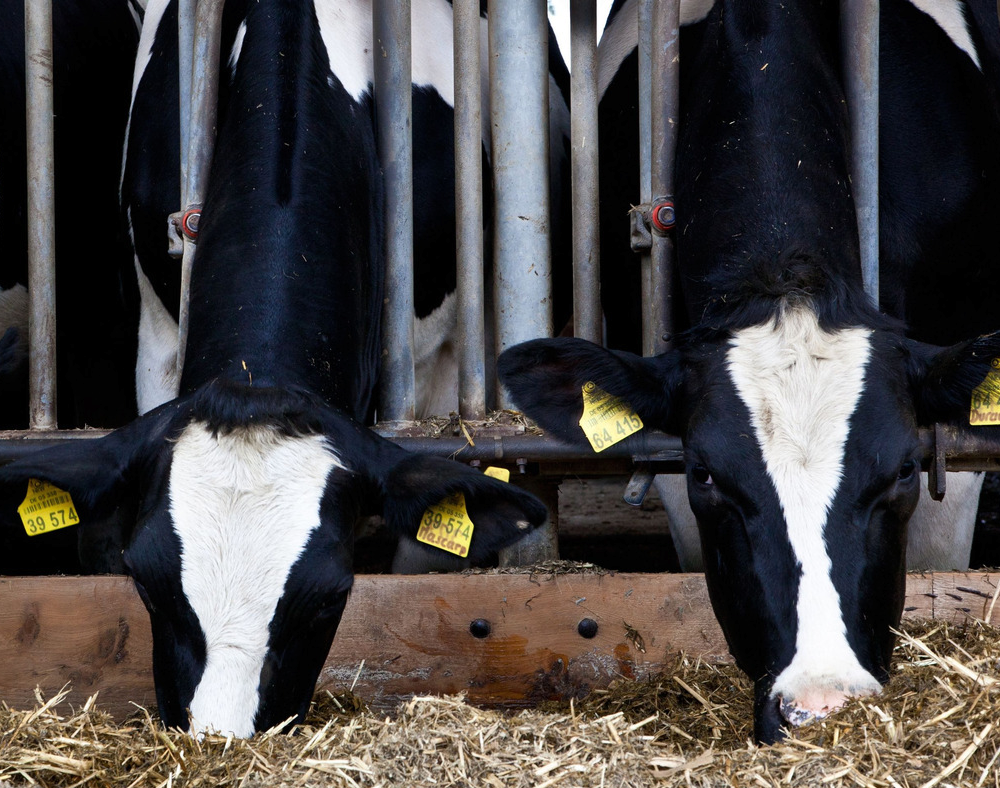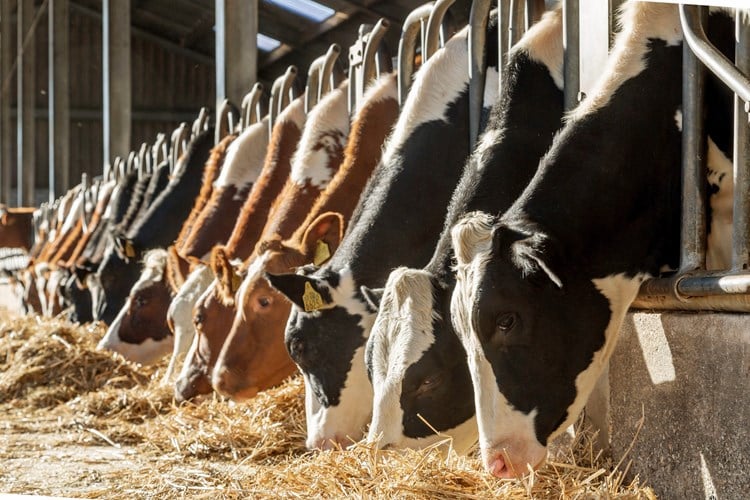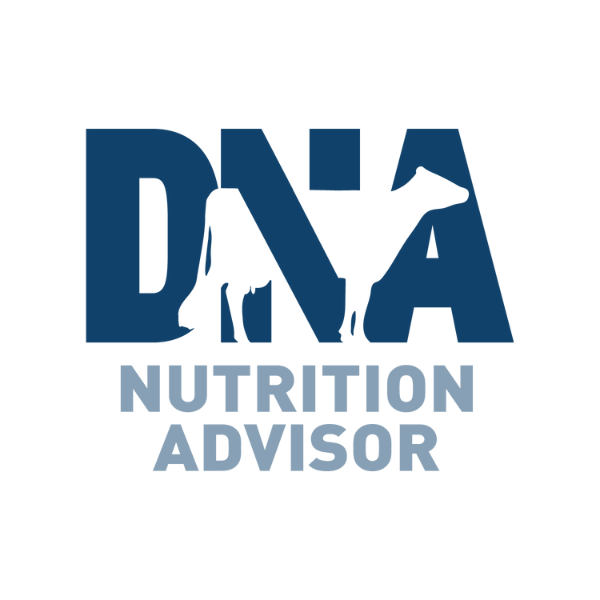Hypocalcaemia is the medical term for milk fever. Cows with blood calcium levels below 2.0 mmol/l without clinical signs are classified as suffering from subclinical milk fever, cows with blood calcium levels below 2.0 mmol/l with clinical signs are classified as suffering from clinical milk fever. The problem of subclinical milk fever is often underestimated, for every cow in the herd with clinical milk fever, there are another 4 cows with subclinical milk fever.
There are a number of management measures that can reduce the incidence of subclinical and clinical milk fever:
- Manage BCS
- Ensure calving is hygienic and stress free
- Optimize dry matter intake around calving
- Provide extra calcium after calving
